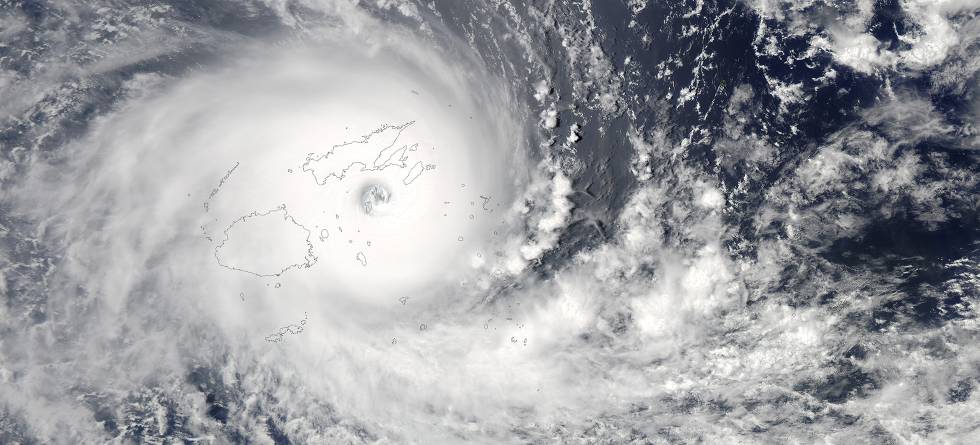Written by Ashneel Chandra, Geophysical Institute at the University of Bergen, and the Bjerknes Centre for Climate Research
In our new research paper, sea surface temperature variability and ocean heat content were examined near two intense tropical cyclones in the Southwest Pacific region. Tropical cyclone Pam devastated Vanuatu in March 2015, while tropical cyclone Winston devastated Fiji in February 2016. These two tropical cyclones were selected for this study as they were intense tropical cyclones in the region and attained maximum intensity just prior to making landfall.
I was a teaching assistant in physics at The University of the South Pacific (USP) when tropical cyclone Winston struck Fiji. As part of the university's outreach activities, I, together with a few colleagues went to schools mostly devastated by the storm to hold laboratory demonstrations for students. The destruction caused by tropical cyclone Winston resulted in Fiji being in a state of natural disaster for over two months.
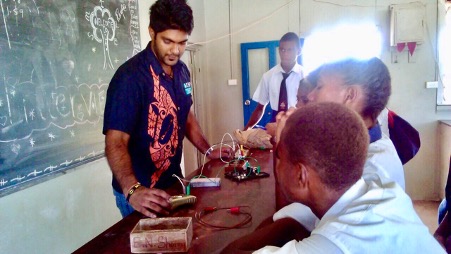
Our main findings are systematic decreases in sea surface temperature and ocean heat content after the passage of a tropical cyclone, as well as an instance of subsurface warming observed during both tropical cyclones.
This subsurface warming was seen to be larger in magnitude than the near surface cooling and hence resulted in a net warming, in terms of heat energy, of the ocean surface layer after the cyclone passage. This warming was observed once during each tropical cyclone.
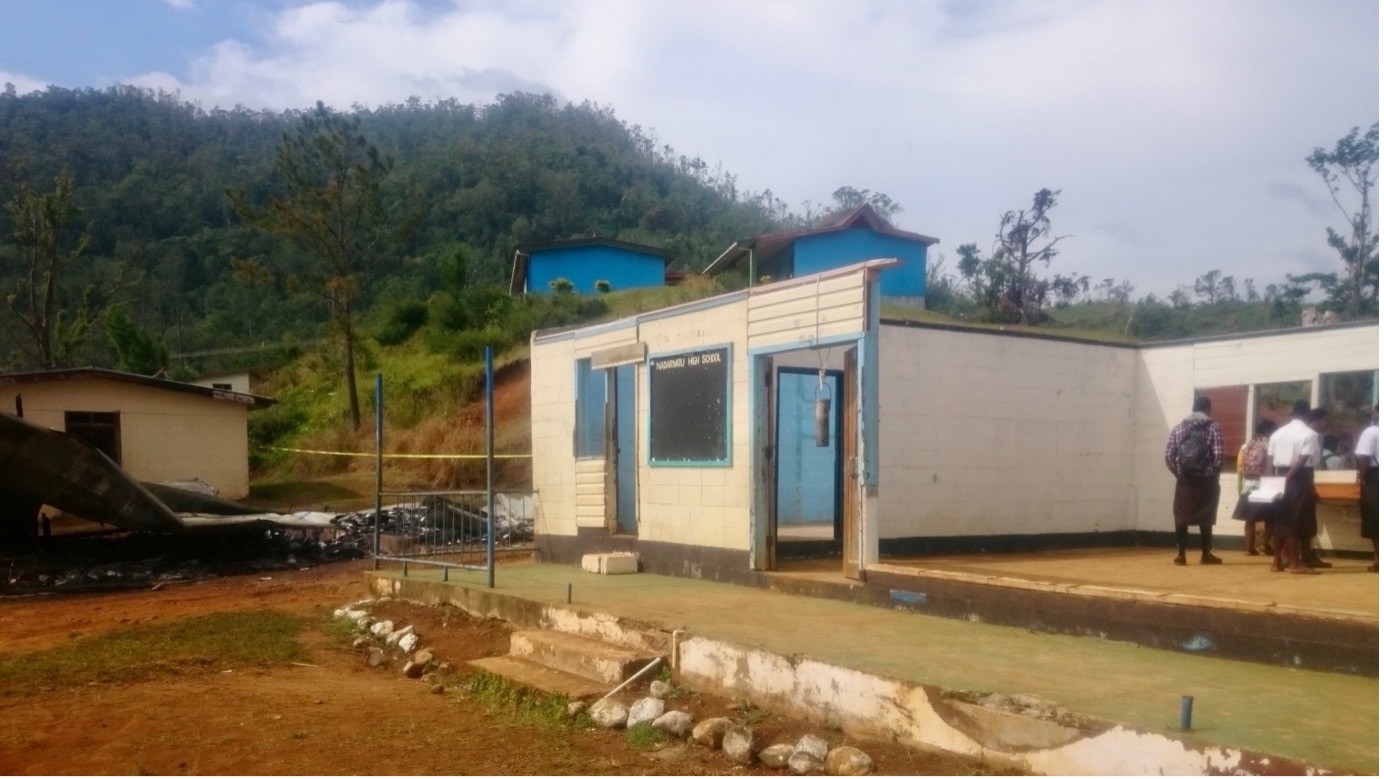
We also observed regions of high ocean heat content, and enhanced turbulent heat fluxes support a rapid intensification of the cyclones. Latent and sensible heat fluxes were seen to be very important during both tropical cyclones, but especially during cyclone Winston, in possibly explaining why these tropical cyclones attained maximum intensity just prior to landfall.
In this study, we note a short burst of heat fluxes directly underneath tropical cyclone Winston (bottom figure) prior to its making landfall over Fiji, which could have been why this storm reached peak intensity as it made landfall.
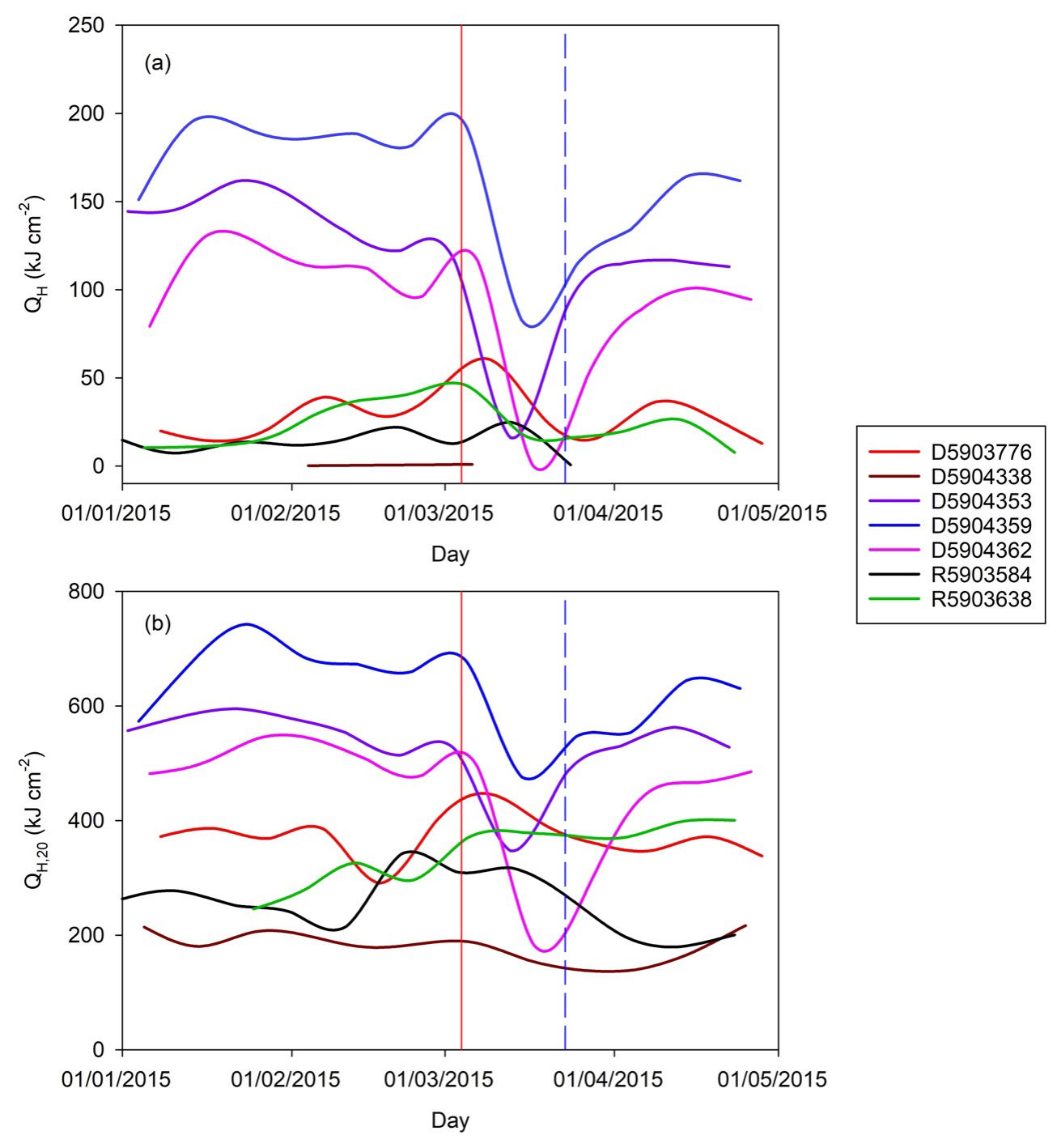
This study finds many gaps in our understanding of interactions between the ocean and tropical cyclones in the Southwest Pacific region, some of which are due to the lack of high-resolution model and reanalysis data. Due to this limitation, we were not able to do a complete heat budget analysis to determine which processes dominate and bring about this subsurface warming effect.
Eddies could also be contributing to ocean heat content changes near the cyclone tracks, but this was beyond the scope of this study and is a suggestion for future work in the region. The Southwest Pacific region remains an interesting area to build up on basic research and fill in some knowledge gaps which remain
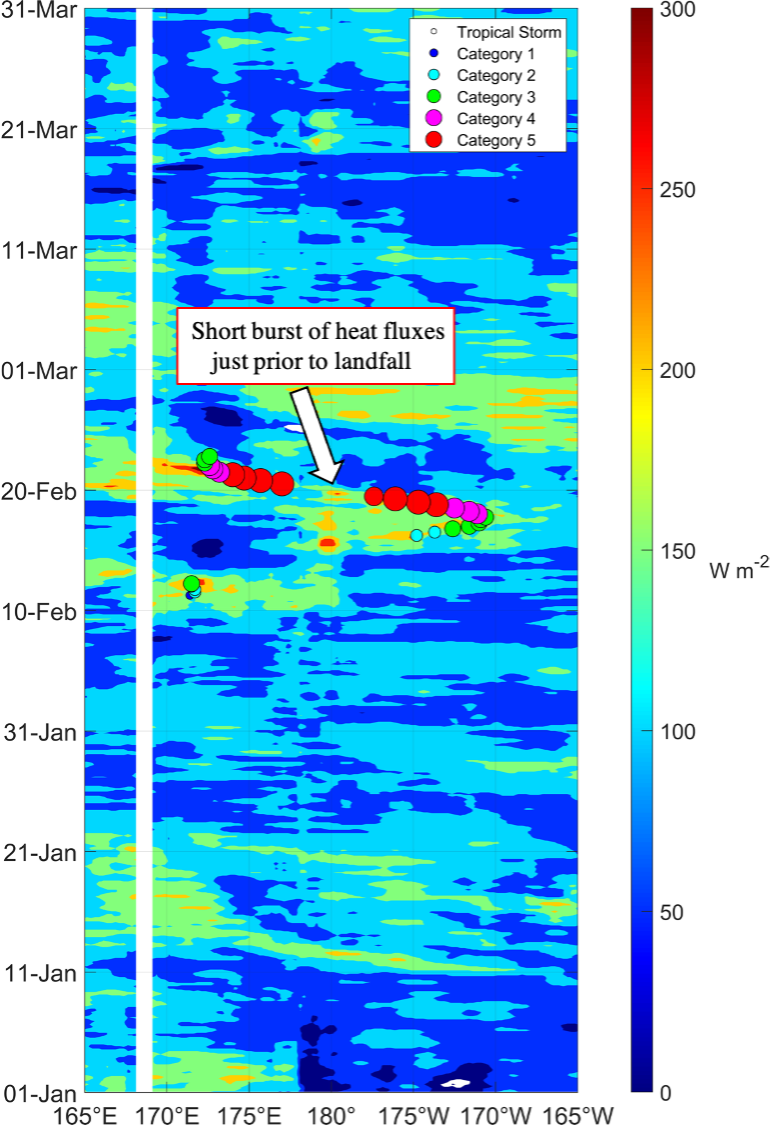
Reference
Chandra, A., and S. Kumar (2021), Sea Surface Temperature and Ocean Heat Content during Tropical Cyclones Pam (2015) and Winston (2016) in the Southwest Pacific Region, Monthly Weather Review, 149(4), 1173-1187, doi:10.1175/mwr-d-20-0025.1.

